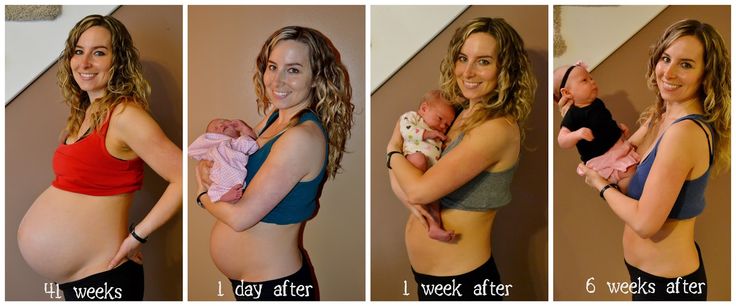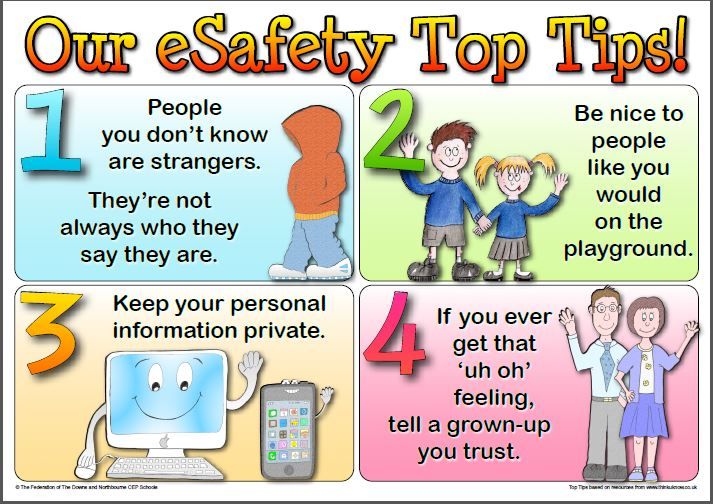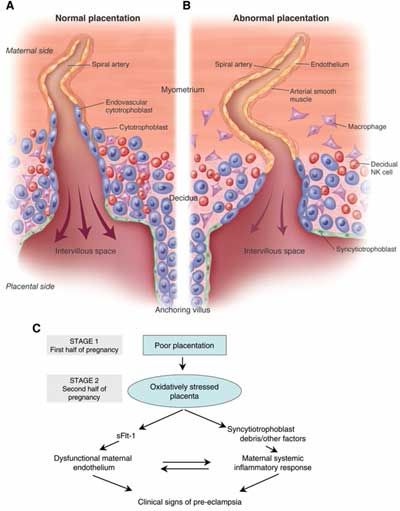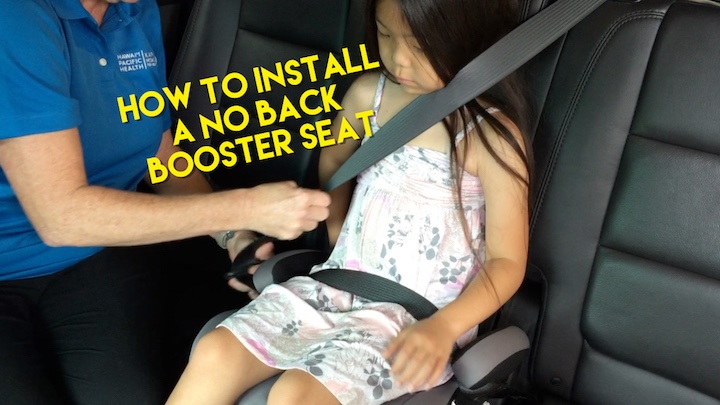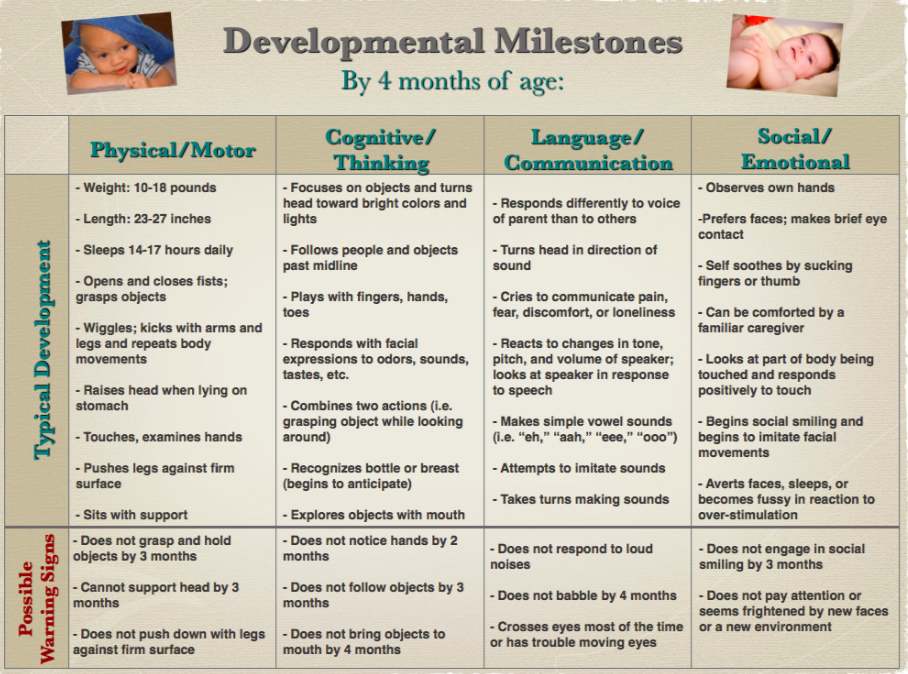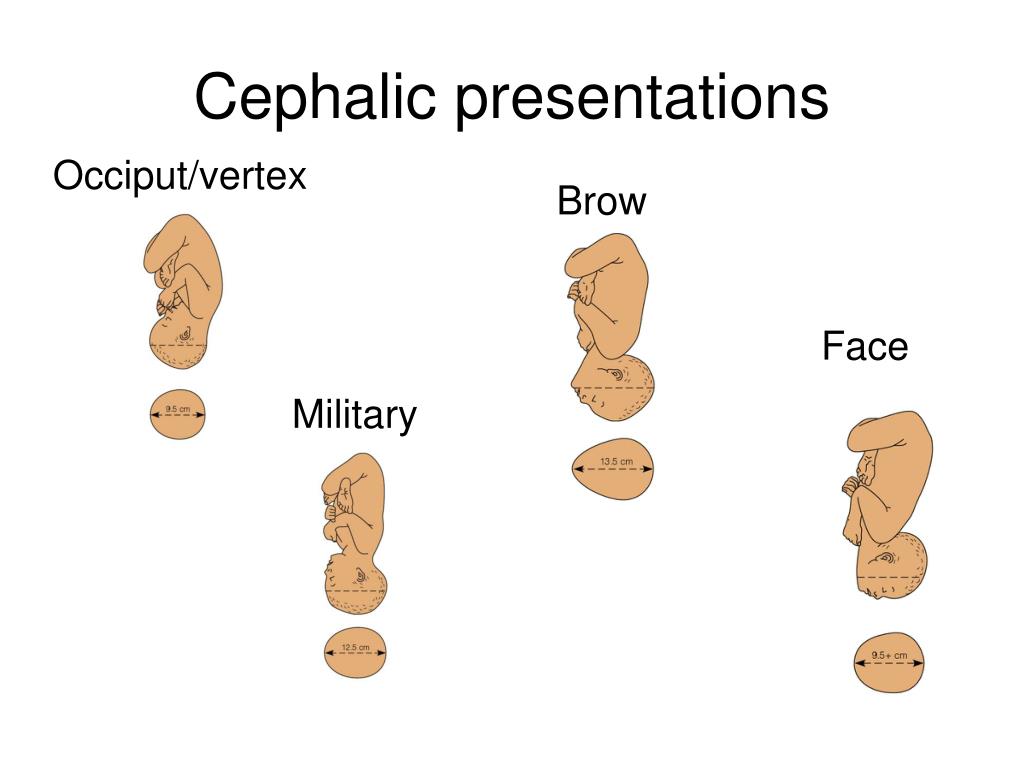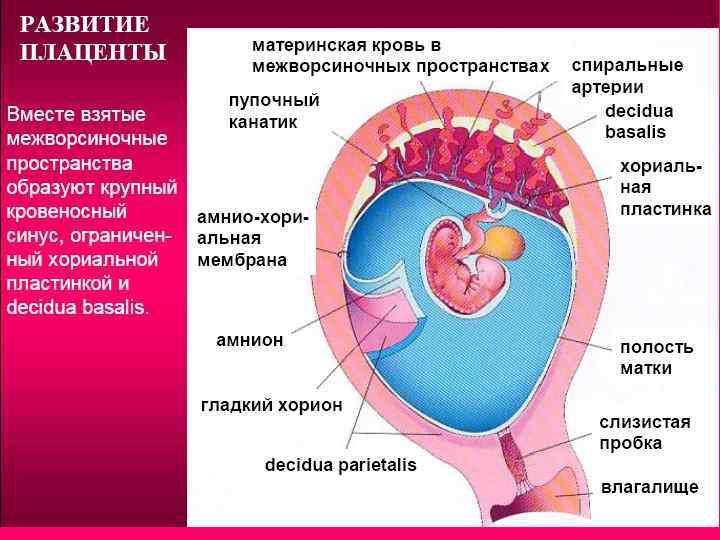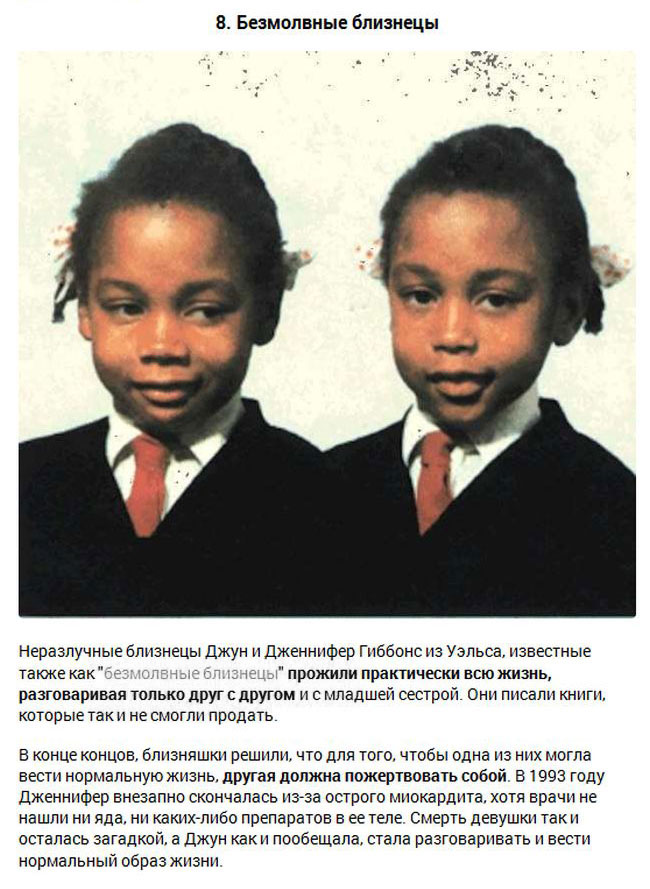What is a setback after birth
Warning signs of health problems after birth
Some discomforts after giving birth are normal. But new moms may be at risk of serious health conditions that need medical care.
Learning signs and symptoms of health complications may help save your life. Getting treatment quickly may help prevent certain life-threatening conditions.
Life-threatening conditions that can happen after giving birth include infections, blood clots, postpartum depression and postpartum hemorrhage.
Warning signs to watch out for include chest pain, trouble breathing, heavy bleeding, severe headache and extreme pain.
If you think your life is in danger, call emergency services (911) or go to a hospital emergency room.
When do you need medical care after giving birth?
Your body goes through lots of changes after giving birth, and it needs time to heal. It’s normal to feel some discomforts in the weeks after you give birth, like being sore and really tired. But some women have complications after having a baby that can cause serious, life-threatening health problems. If you’re worried about how you feel or you have pain or discomforts that don’t feel right, call your health care provider. If you think your life is in danger, call emergency services (911) or go to a hospital emergency room.
All women need postpartum care after giving birth. Postpartum care is medical care for women who just had a baby. Go to all of your postpartum checkups, even if you’re feeling fine. These are medical checkups you get to make sure you’re recovering well from labor and birth. They help your health care provider spot and treat health conditions you may have. Postpartum care is important because new moms are at risk of serious and sometimes, life-threatening health complications in the days and weeks after giving birth. Too many new moms die from problems that could have been prevented.
What are warning signs to look for after giving birth?
In general, warning signs of serious health conditions include chest pain, trouble breathing, heavy bleeding and extreme pain. If you have any of these signs or symptoms, call your provider right away. If you think your life is in danger, call emergency services (911) or go to the emergency room.
If you have any of these signs or symptoms, call your provider right away. If you think your life is in danger, call emergency services (911) or go to the emergency room.
Signs of a condition are things someone else can see or know about you, like you have a rash or you’re coughing. Symptoms are things you feel yourself that others can’t see, like having a sore throat or feeling dizzy.
Call your provider if you have any of these signs or symptoms:
Signs and symptoms of infection
- Fever higher than 100.4 F. You get a fever when your body is trying to kill the virus or bacteria that caused an infection.
- Discharge, pain or redness that doesn’t go away or gets worse around a c-section incision (cut), episiotomy or perineal tear. A c-section (also called cesarean birth) is a surgery in which your baby is born through a cut that your doctor makes in your belly and uterus (womb). An episiotomy is a cut made at the opening of the vagina to help let the baby out during birth.
 A perineal tear is a tear in the perineum, which is the area between the vagina and the rectum. Your perineum may tear naturally during vaginal birth.
A perineal tear is a tear in the perineum, which is the area between the vagina and the rectum. Your perineum may tear naturally during vaginal birth. - Pain or burning when you urinate (pee), pain in your lower back or side or needing to pee often. You may have a urinary tract infection (also called UTI), like a bladder infection called cystitis or a kidney infection called pyelonephritis.
- Red streaks on your breasts or lumps in your breast that are new and hurt. You may have a breast infection called mastitis. This can happen when you have a plugged duct, you miss or delay breastfeeding or your breasts become engorged (swollen and full of milk).
- Severe pain in your lower belly. You may have endometritis. This is inflammation (redness or swelling) in the lining of the uterus.
- Vaginal discharge that smells bad. You may have endometritis or an infection called bacterial vaginosis (also called BV).
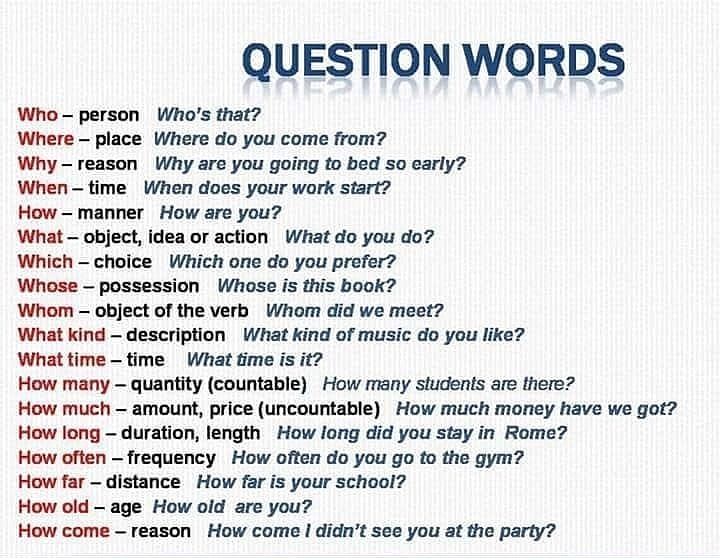 BV happens when there’s too much of a certain bacteria in the vagina.
BV happens when there’s too much of a certain bacteria in the vagina.
Sometimes the body has an extreme response to infection called sepsis. Sepsis can be life-threatening. Call 911 or go to the emergency room if you have any of these signs or symptoms of sepsis after giving birth:
- Chills or feeling very cold
- Clammy or sweaty skin
- Fast breathing
- Fast heart rate
- Feeling confused
- Fever
- Having extreme pain or discomfort
Signs and symptoms of other health conditions
- Bleeding that’s heavier than your normal period or bleeding that gets worse over time. You may have postpartum hemorrhage (also called PPH). PPH is when a woman has heavy bleeding after giving birth. It’s a serious, but rare condition that can happen up to 12 weeks after having a baby.
- Pain, swelling, redness, warmth or tenderness in your legs, especially in your calves. You may have deep vein thrombosis (also called DVT).
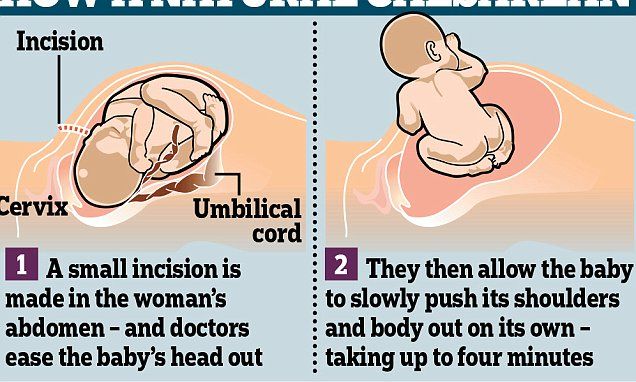 This happens when a blood clot forms deep in the body, usually in the lower leg or thigh.
This happens when a blood clot forms deep in the body, usually in the lower leg or thigh. - Changes in vision, dizziness, severe headache, pain in the upper right belly or in the shoulder, trouble breathing, sudden weight gain or swelling in the legs, hands or face. You may have postpartum preeclampsia. This is a serious condition that happens when a woman has high blood pressure and signs that some of her organs, like her kidneys and liver, may not be working normally after giving birth.
- Chest pain, coughing or gasping for air. You may have a pulmonary embolism (also called PE). An embolism is a blood clot that moves from where it formed to another place in the body. When the clot moves to a lung, it’s PE. PE is an emergency.
- Feeling sad or hopeless for more than 10 days after giving birth. You may have postpartum depression (also called PPD), a kind of depression some women get after having a baby. PPD is strong feelings of sadness, anxiety (worry) and tiredness that last for a long time after giving birth.
 These feelings can make it hard for you to take care of yourself and your baby. PPD is a medical condition that needs treatment to get better.
These feelings can make it hard for you to take care of yourself and your baby. PPD is a medical condition that needs treatment to get better. - Feeling sick to your stomach or throwing up. You may have PPH or cardiovascular disease (also called heart disease). Heart disease includes conditions that affect the heart and blood vessels. They often affect the heart muscle or involve narrowed or blocked blood vessels that can lead to a heart attack or stroke.
Last reviewed: July, 2018
See also: Your body after baby: The first 6 weeks, Your postpartum checkups, Maternal death and pregnancy-related death
Your body after baby: The first 6 weeks
Your body changes a lot after you give birth. Some changes are physical and others are emotional.
Learn about common postpartum discomforts and what do to about them. If you’re worried about a discomfort, call your health care provider.
Talk to your provider before you take any medicine to treat a discomfort.
 If you’re breastfeeding, some medicines aren’t safe for your baby.
If you’re breastfeeding, some medicines aren’t safe for your baby.Go to all of your postpartum checkups, even if you’re feeling fine. Some health conditions after pregnancy need medical care.
How does your body change in the weeks after giving birth?
Many things are happening in your body right after you have a baby. During pregnancy, your body changed a lot. It worked hard to keep your baby safe and healthy. Now that your baby is here, your body is changing again. Some of these changes are physical, like your breasts getting full of milk. Others are emotional, like feeling extra stress.
Many discomforts and body changes after giving birth are normal. But sometimes they’re signs or symptoms of a health problem that needs treatment. Go to all of your postpartum checkups, even if you’re feeling fine. These are medical checkups you get after having a baby to make sure you’re recovering well from labor and birth. At your checkups, your health care provider can help spot and treat health conditions.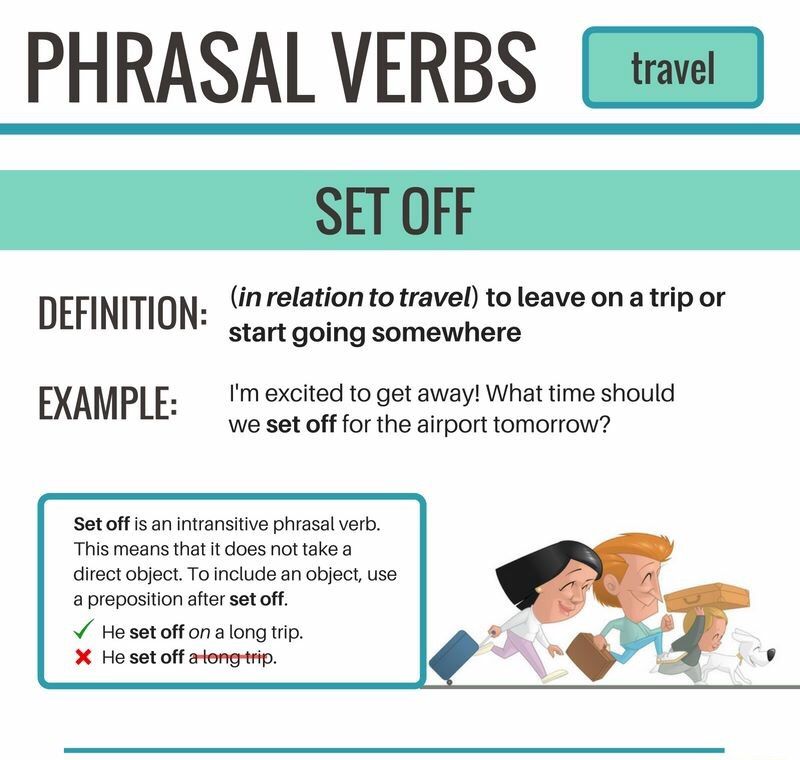 Postpartum care is important because new moms are at risk of serious and sometimes life-threatening health complications in the days and weeks after giving birth.
Postpartum care is important because new moms are at risk of serious and sometimes life-threatening health complications in the days and weeks after giving birth.
PHYSICAL CHANGES
What is perineum soreness?
The perineum is the area between your vagina and rectum. It stretches and may tear during labor and vaginal birth. It’s often sore after giving birth, and it may be more sore if you have an episiotomy. This is a cut made at the opening of the vagina to help let your baby out.
What you can do:
- Do Kegel exercises. These exercises strengthen the muscles in the pelvic area. To do Kegel exercises, squeeze the muscles that you use to stop yourself from passing urine (peeing). Hold the muscles tight for 10 seconds and then release. Try to do this at least 10 times in a row, three times a day.
- Put a cold pack on your perineum. Use ice wrapped in a towel. Or you can buy cold packs that you freeze in your freezer.
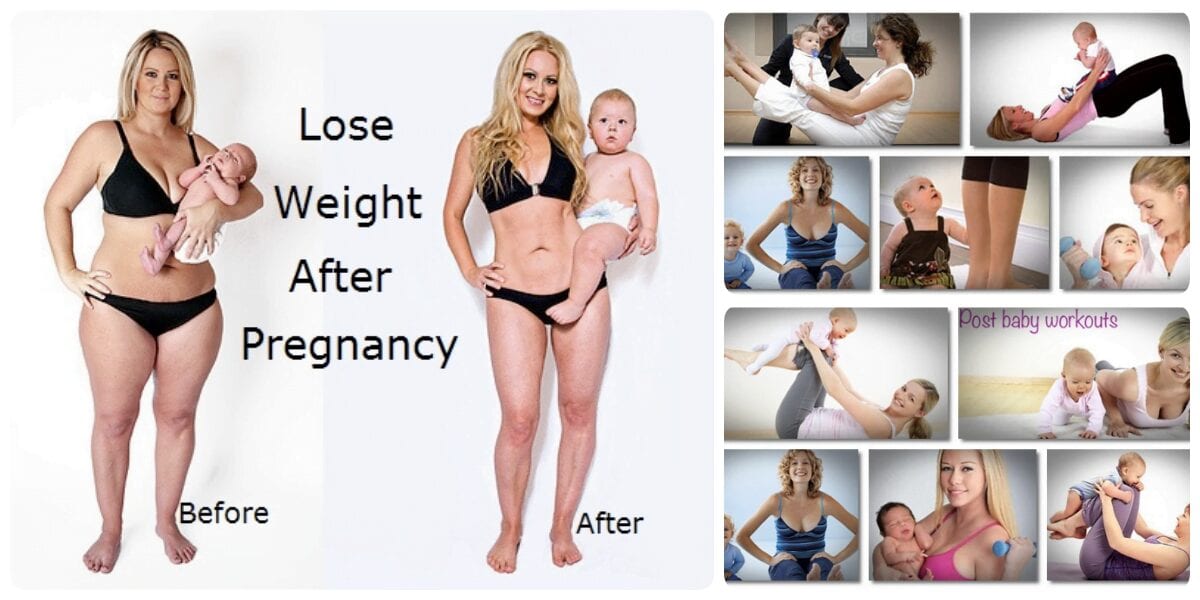
- Sit on a pillow or a donut-shaped cushion.
- Soak in a warm bath.
- Wipe from front to back after going to the bathroom. This can help prevent infection as your episiotomy heals.
- Ask your provider about pain medicine.
What are afterbirth pains?
Afterbirth pains are belly cramps you feel as your uterus (womb) shrinks back to its regular size after pregnancy. The cramps should go away in a few days. Right after you give birth, your uterus is round and hard and weighs about 2½ pounds. By about 6 weeks after birth, it weighs only 2 ounces.
What you can do:
Ask your provider about over-the-counter medicine you can take for pain. Over-the-counter medicine is medicine you can buy without a prescription from your provider.
What body changes can happen after a c-section?
Cesarean birth (also called c-section) is surgery in which your baby is born through a cut that your provider makes in your belly and uterus. A c-section is major surgery, so it may take a while for you to recover. You may be really tired for the first few days or weeks after a c-section because you lost blood during the surgery. The incision (cut) on your belly may be sore.
A c-section is major surgery, so it may take a while for you to recover. You may be really tired for the first few days or weeks after a c-section because you lost blood during the surgery. The incision (cut) on your belly may be sore.
What you can do:
- Ask your provider for pain medicine. Check with him before you take any medicine for pain.
- Ask your partner, family and friends to help you with the baby and around the house.
- Get rest when you can. Sleep when your baby sleeps, even when he naps during the day.
- Don’t lift from a squatting position. Don’t lift anything heavier than your baby.
- Support your belly with pillows when you’re breastfeeding.
- Drink plenty of water to help replace fluids in your body.
What is vaginal discharge?
After your baby is born, your body gets rid of the blood and tissue that was inside your uterus. This is called vaginal discharge or lochia. For the first few days, it’s heavy, bright red and may contain blood clots. Over time, the flow gets less and lighter in color. You may have discharge for a few weeks or even for a month or more.
Over time, the flow gets less and lighter in color. You may have discharge for a few weeks or even for a month or more.
What you can do:
Use sanitary pads until the discharge stops.
What is breast engorgement?
This is when your breasts swell as they fill with milk. It usually happens a few days after giving birth. Your breasts may feel tender and sore. The discomfort usually goes away once you start breastfeeding regularly. If you’re not breastfeeding, it may last until your breasts stop making milk, usually within a few days.
What you can do:
- Breastfeed your baby. Try not to miss a feeding or go a long time between feedings. Don’t skip night feedings.
- Before you breastfeed your baby, express a small amount of milk from your breast with a breast pump or by hand.
- Take a warm shower or lay warm towels on your breasts to help your milk flow. If your engorgement is really painful, put cold packs on your breasts.

- If your breasts are leaking between feedings, wear nursing pads in your bra so your clothes don’t get wet.
- Tell your provider if your breasts stay swollen and are painful.
- If you’re not planning to breastfeed, wear a firm, supportive bra (like a sports bra).
What is nipple pain?
If you’re breastfeeding, you may have nipple plain during the first few days, especially if your nipples crack.
What you can do:
- Talk to your provider or a lactation consultant to be sure your baby is latching on to your breast the right way. A lactation consultant is a person trained to help women breastfeed, even women who have breastfeeding problems. Latching on is when your baby’s mouth is securely attached to (placed around) your nipple.
- Ask your provider about cream to put on your nipples.
- After breastfeeding, massage some breast milk onto your nipples. Let your breasts air dry.
What is swelling?
Lots of women have swelling in their hands, feet and face during pregnancy.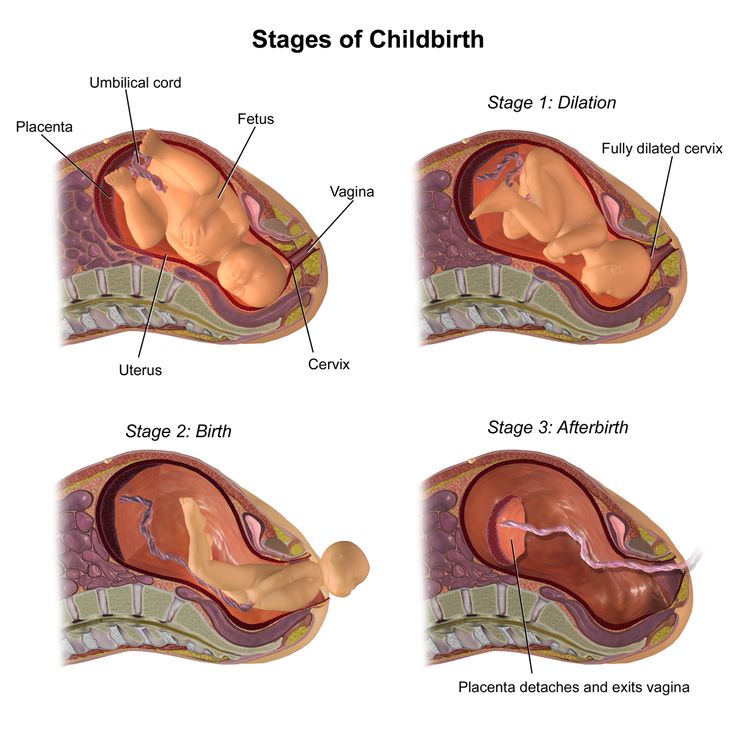 It’s caused by extra fluids in your body. It may take time for the swelling to go away after you have your baby.
It’s caused by extra fluids in your body. It may take time for the swelling to go away after you have your baby.
What you can do:
- Lie on your left side when resting or sleeping.
- Put your feet up.
- Try to stay cool and wear loose clothes.
- Drink plenty of water.
What are hemorrhoids?
Hemorrhoids are painful, swollen veins in and around the anus that may hurt or bleed. Hemorrhoids are common during and after pregnancy.
What you can do:
- Soak in a warm bath.
- Ask your provider about using an over-the-counter spray or cream for pain.
- Eat foods that are high in fiber, such as fruits, vegetables and whole-grain breads and cereals.
- Drink lots of water.
- Try not to strain when you’re having a bowel movement (pooping).
What is constipation?
Constipation is when you don’t have bowel movements, you don’t have them often or your stools (poop) are hard to pass. You also may have painful gas. This may happen for a few days after you give birth.
You also may have painful gas. This may happen for a few days after you give birth.
What you can do:
- Eat foods that are high in fiber.
- Drink lots of water.
- Ask your provider about medicine to take.
What urinary problems can happen after giving birth?
In the first few days after giving birth, you may feel pain or burning when you urinate (pee). Or you may try to urinate but find that you can’t. Sometimes you may not be able to stop urinating. This is called incontinence. It usually goes away as your pelvic muscles become stronger again.
What you can do for pain, burning or if you have trouble urinating:
- Drink lots of water.
- Run water in the sink when you go to the bathroom.
- Soak in a warm bath.
- If the pain continues, tell your provider.
What you can do for incontinence: Do Kegel exercises to strengthen your pelvic muscles.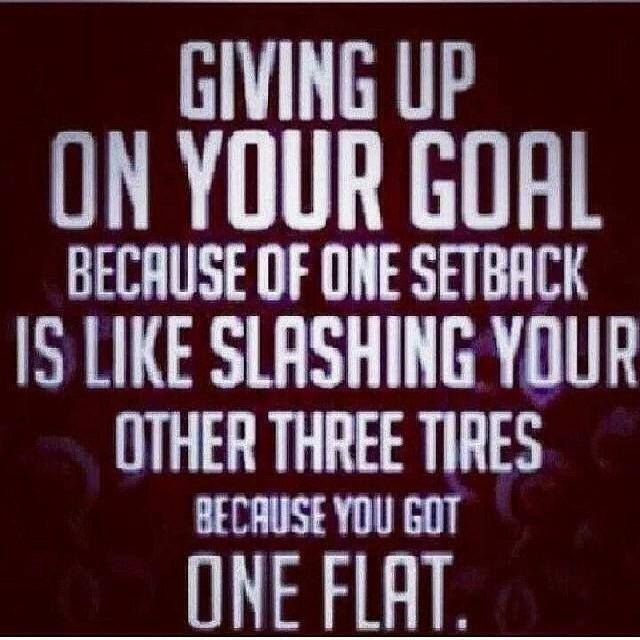
Why do you sweat a lot after giving birth?
This happens often to new moms, especially at night. It’s caused by all the changing hormones in your body after pregnancy.
What you can do:
- Sleep on a towel to help keep your sheets and pillow dry.
- Don’t use too many blankets or wear warm clothes to bed.
Why do you feel tired after giving birth?
You may have lost blood during labor and birth. This can make your body tired. And your baby probably doesn’t let you sleep all night!
What you can do:
- Sleep when your baby sleeps, even when he naps during the day.
- Eat healthy foods, like fruits, vegetables, whole-grain breads and pasta, and lean meat and chicken. Limit sweets and foods with a lot of fat.
- Ask your partner, family and friends to help with the baby and around the house.
- Limit visitors. You’ll have plenty of time for family and friends to meet your new baby when you’re feeling rested.
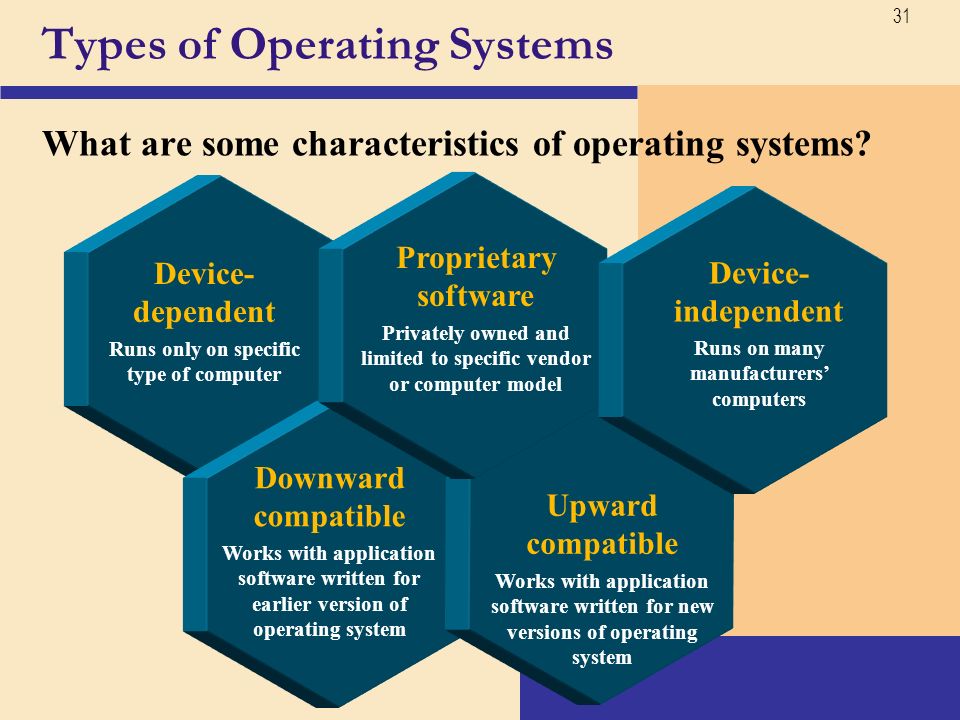
When can you start losing weight after giving birth?
You lose about 10 pounds right away after giving birth and a little more within the first week. This is a great time to get to a healthy weight, no matter how much you weighed before you got pregnant. Eating healthy and being active every day helps boost your energy level and can make you feel better. If you’re at a healthy weight, you’re less likely to have health conditions, like diabetes and high blood pressure, than if you’re over- or underweight. And just in case you get pregnant again, or if you’re planning to have another baby sometime in the future, it’s best to be at a healthy weight before your next pregnancy.
What you can do:
- Talk to your provider about your weight. If you were overweight before pregnancy, you may want to lose more weight than you gained during pregnancy.
- Eat healthy foods. Limit sweets and foods with a lot of fat.
- Drink lots of water.

- Ask your provider about being active, especially if you’ve had a c-section. Begin slowly and increase your activity over time. Walking and swimming are great activities for new moms. Do something active every day.
- Breastfeed your baby. Breastfeeding helps you burn calories. This can help you lose the weight you gained during pregnancy faster than if you weren’t breastfeeding.
- Don’t try to lose too much weight too fast. Your body needs nutrients from food to heal. If you’re breastfeeding, losing weight too fast can reduce your milk supply.
- Don’t feel badly if you don’t lose the weight as quickly as you’d like. It takes time for your body and your belly to get back in shape. Staying fit over time is more important than getting in shape right after giving birth.
What skin changes can happen after giving birth?
You may have stretch marks on your belly where your skin stretched during pregnancy. Some women also get them on their thighs, hips and bottom. They may not disappear after giving birth, but they do fade over time.
They may not disappear after giving birth, but they do fade over time.
What you can do:
Use creams or lotions on your skin. They don’t make stretch marks go away, but they can help reduce itching that comes with stretch marks.
What hair changes can happen after giving birth?
Your hair may have seemed thicker and fuller during pregnancy. This is because high hormone levels in your body made you lose less hair during pregnancy. After your baby is born, your hair may thin out. You may even lose hair. Hair loss usually stops within 6 months after you give birth. Your hair should regain its normal fullness within a year.
What you can do:
- Eat lots of fruits and vegetables. The nutrients in fruits and veggies may help protect your hair and help it grow.
- Be gentle with your hair. Don’t wear tight ponytails, braids or rollers. These can pull and stress your hair.
- Use the cool setting on your hair dryer.
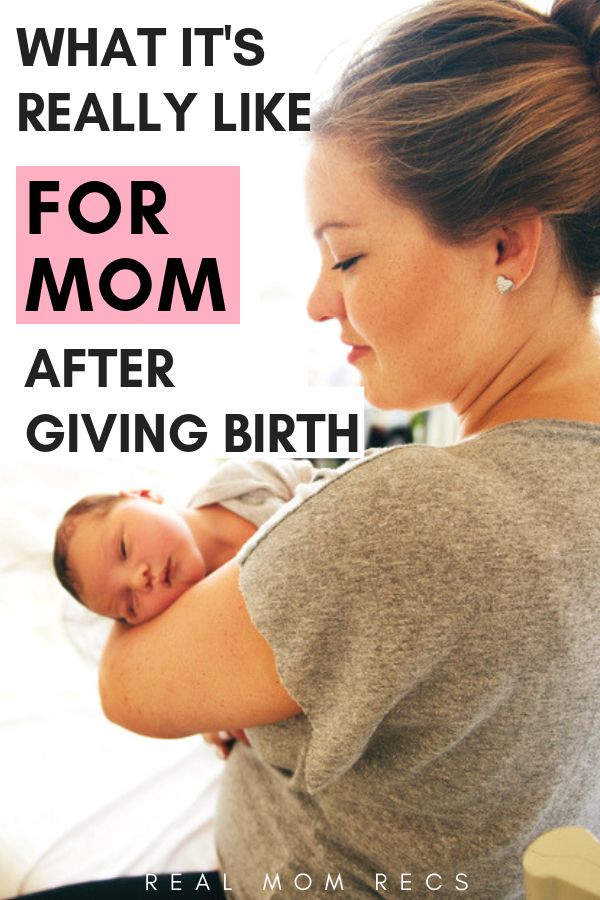
When do you get your period again after pregnancy?
If you’re not breastfeeding, your period may start again 6 to 8 weeks after giving birth. If you are breastfeeding, it may not start again for months. Some women don’t have a period again until they stop breastfeeding. When your period returns, it may not be the same as before you were pregnant. It may be shorter or longer than it was. Over time it often returns to the way it was before you got pregnant.
When can you get pregnant again?
Many health care providers recommend waiting 4 to 6 weeks after giving birth to give your body time to heal before you have sex. When you’re ready for sex, be careful – you can get pregnant even before your period starts. This is because you may ovulate (release an egg) before you get your period again.
What you can do:
Use birth control to help make sure you don’t get pregnant again until you’re ready. Birth control helps keep you from getting pregnant. Examples of birth control include intrauterine devices (also called IUDs), implants, the pill and condoms. Talk to your provider about which birth control to use, especially if you’re breastfeeding. Some types of birth control can reduce your milk supply. Breastfeeding is not birth control. It does not prevent pregnancy.
Birth control helps keep you from getting pregnant. Examples of birth control include intrauterine devices (also called IUDs), implants, the pill and condoms. Talk to your provider about which birth control to use, especially if you’re breastfeeding. Some types of birth control can reduce your milk supply. Breastfeeding is not birth control. It does not prevent pregnancy.
For most women, it’s best to wait at least 18 months (1½ years) between giving birth and getting pregnant again. Too little time between pregnancies increases your risk of premature birth (before 37 weeks of pregnancy). Premature babies are more likely to have health problems than babies born on time. Your body needs time to fully recover from your last pregnancy before it’s ready for your next pregnancy.
EMOTIONAL CHANGES
What can you do about feeling stressed and overwhelmed?
Your baby didn’t come with a set of instructions. You may feel overwhelmed trying to take care of her.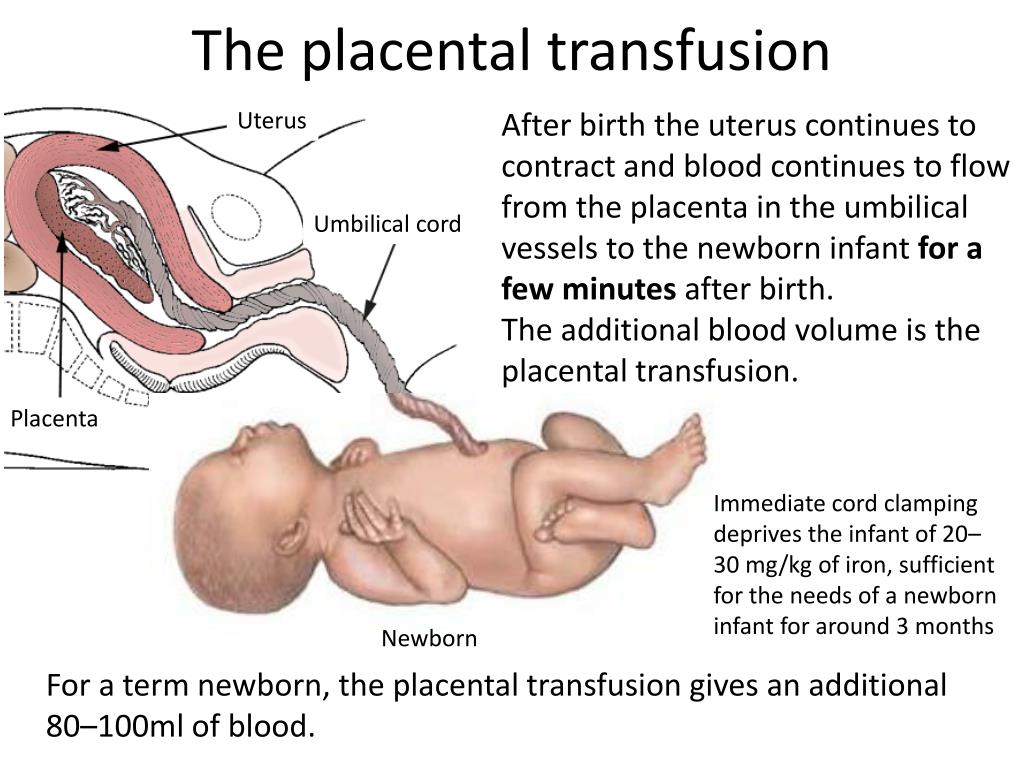 Taking care of a baby is a lot to think about.
Taking care of a baby is a lot to think about.
What you can do:
- Tell your partner how you feel. Let your partner help take care of the baby.
- Ask your friends and family for help. Tell them exactly what they can do for you, like going grocery shopping or making meals.
- Find a support group of new moms. A support group is a group of people who have the same kinds of concerns. They meet together to try to help each other. Ask your provider to help you find a support group of new moms near where you live. Or look for a support group online.
- Eat healthy foods and do something active every day.
- Don’t smoke, drink alcohol or use harmful drugs. All of these things are bad for you and can make it hard for you to handle stress.
What are the baby blues and postpartum depression?
Baby blues (also called postpartum blues) are feelings of sadness a woman may have in the first few days after having a baby.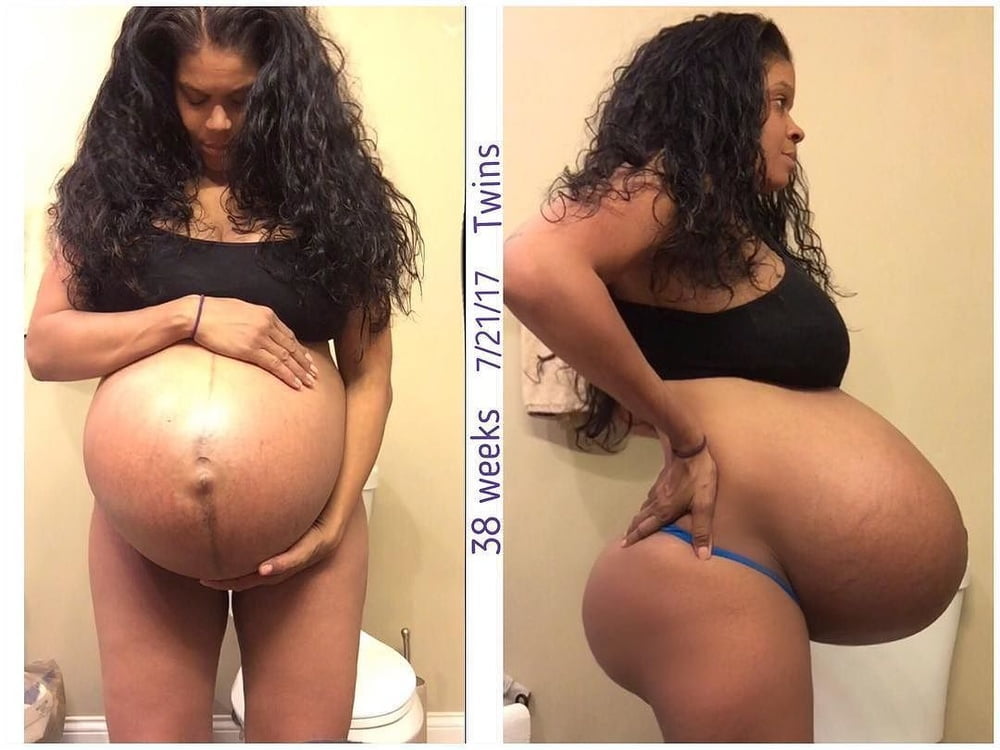 Baby blues can happen 2 to 3 days after you have your baby and can last up to 2 weeks. They usually go away on their own, and you don’t need any treatment.
Baby blues can happen 2 to 3 days after you have your baby and can last up to 2 weeks. They usually go away on their own, and you don’t need any treatment.
Postpartum depression (also called PPD) is a kind of depression that some women get after having a baby. It's strong feelings of sadness, anxiety (worry) and tiredness that last for a long time after giving birth. These feelings can make it hard for you to take care of yourself and your baby. PPD is a medical condition that needs treatment to get better. It’s the most common complication for women who have just had a baby.
What you can do about the baby blues:
- Get as much sleep as you can.
- Don’t drink alcohol, use street drugs or use harmful drugs. All of these can affect your mood and make you feel worse. And they can make it hard for you to take care of your baby.
- Ask for help from your partner, family and friends. Tell them exactly what they can do for you.
- Take time for yourself.
 Ask someone you trust to watch your baby so you can get out of the house.
Ask someone you trust to watch your baby so you can get out of the house. - Connect with other new moms. Ask your provider to help you find a support group of new moms.
- If you have sad feelings that last longer than 2 weeks, tell your health care provider.
What you can do about postpartum depression:
- If you think you have PPD, tell your provider.
- Learn about risk factors for PPD and signs and symptoms of PPD.
- Ask your provider about treatment for PPD.
- If you’re worried about hurting yourself or your baby, call emergency services (911) right away.
How can you handle going back to work or school?
It may be hard for you to leave your baby with a caregiver all day, even if it’s a family member or a close friend. It also may be hard to find a caregiver you trust. You and your partner may disagree about what type of child care is best for your baby. You may be upset that you can’t stay home with your baby all the time.
What you can do:
- Talk to your partner about child care. Figure out how much you can spend and what kind of care you want. For example, you can have a caregiver come to your home to take care of your baby. Or you can take your baby to a child care center.
- Ask friends and family about child care they use. Maybe you can use the same person or service.
- If you’re using a child care center, ask for names and phone numbers of people who use the center. Call to ask how they feel about the center’s care.
- Ask your boss if you can ease back into work. Maybe you can work a few hours a day at first, or just a few days a week.
How can you and your partner get used to being new parents?
Both you and your partner are getting used to having a baby around. Your partner may be just as stressed and nervous about being a parent as you are. Rely on each other to figure things out.
What you can do:
- Learn about taking care of your baby together.
 Read baby-care books and go to baby-care classes.
Read baby-care books and go to baby-care classes. - Let your partner help with the baby. Don’t try to do everything yourself.
- Talk to each other. Talking about your feelings can help keep you from feeling hurt and frustrated.
- Make time for just the two of you. Go for a walk or out to dinner. Ask someone you trust to take care of the baby for an hour or two.
- Tell your partner what your provider says about how long to wait to have sex again. Ask your provider to talk to your partner, if you think that’s helpful.
Last reviewed: July, 2018
See also: Your postpartum checkups, Warning signs and symptoms of health problems after giving birth, Maternal death and pregnancy-related death, Postpartum depression, Baby blues after pregnancy, Keeping breast milk safe and healthy, Birth control, How long should you wait before getting pregnant again
Rollback in planting (potty training) after illness
Natural products
for children and mothers
12/14/2017
by Alexandra Ermakova
When a child is sick, all the forces of the body are directed towards healing and recovery. The body experiences stress, the overall balance of all processes is disturbed, therefore regression occurs, i.e. rollback.
The body experiences stress, the overall balance of all processes is disturbed, therefore regression occurs, i.e. rollback.
⠀
The child may not fully control the process of urination and defecation, even if the potty / toilet was 100% mastered before the disease.
⠀
Urination may become more frequent.
⠀
If earlier the child gave a signal when disembarking, then after the illness it may stop. And this is the norm.
⠀
Why does this happen?
There is, let's say, "intoxication" of the nervous system, and the signals that enter the brain and give messages that the baby is time to use the potty, work with a delay.
⠀
The nervous system recovers and gains strength to work like clockwork again.
⠀
After an illness, children often begin to urinate at night, although before that everything was dry for several months.
⠀
What to do?
⠀
Absolutely NOTHING.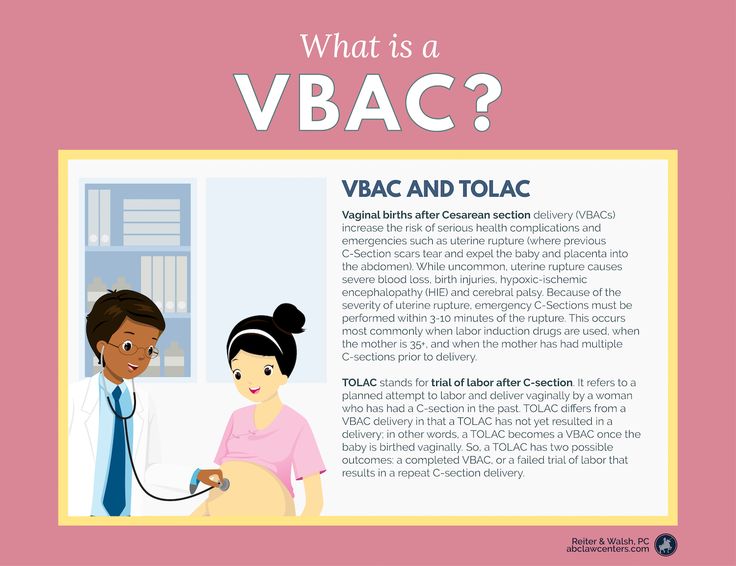
Wait and be patient. This is an absolutely normal situation. There is no need to take any action, give the child the opportunity to adapt.
Remain calm and respond gently to setbacks.
After all, only your love and affection will give the baby the strength to recover faster.
Recent Articles
Recent Recent
- Calm mom - calm baby!
- Is it possible to supplement the baby with water up to 6 months?
- What to take with you on vacation for the baby?
- Reusable diapers - what is it?
- Causes of anxiety in the chest
- Am I pumping too little milk?
- How to choose diapers for swimming in the pool?
- Planting out in public places
- Planting out at night.
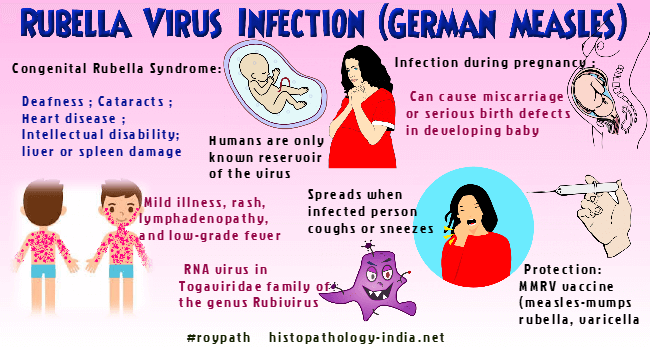 Practical advice. How to plant at night?
Practical advice. How to plant at night? - Cotton diapers. Do you expect a miracle?
- Potty training and planting. Differences
- Bought reusable diapers, how to wash?
- How to help your child relax while sitting?
- Rollback in planting (potty training) after illness
- How to potty train a child?
- stay-dry liner
- Reusable pads. Opinion of an obstetrician-gynecologist
- Basic postures for planting. Natural baby hygiene
- How to get rid of night diapers?
- Natural Hygiene Consultant. Why is it needed?
- When to start planting a baby?
- Bag in the hospital.
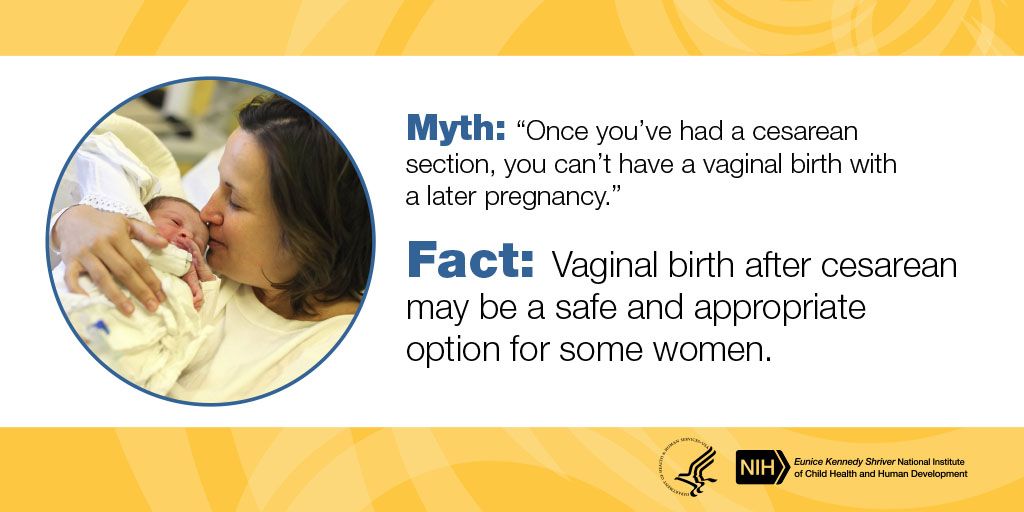 List of things and documents
List of things and documents - A delicate problem after childbirth.
- Reusable cotton pads
- Gauze diaper and cotton diaper.
- Life hack with a wool liner
- 3 REASONS why the insert and diaper are separate from each other
- TOP 3 Mamalino reusable cotton diapers
- Reusable diapers for a newborn. How much is needed and what kind?
- Reusable diapers for a baby of three to six months. How many diapers do you need?
- The optimal set of reusable diapers for a child 6 - 12 months
- Baby set 1-2 years old. Mamalino reusable diapers and briefs for potty training.
- Overnight reusable diapers are a great alternative to disposable diapers
- Reusable diapers for a walk, a visit, a clinic
- Causes of redness and diaper rash under the diaper.
 Caring for baby's sensitive skin
Caring for baby's sensitive skin - A reusable diaper contributes to the proper physical and mental development of the child.
- Reusable diapers for a grown baby (from 4-6 months)
- Reusable diaper and waterproof panty cover.
- Prewash Instructions for Mamalino Colored Training Pants
- Natural swaddling system - my way to use reusable diapers
- Why do I use reusable diapers for my children?
- Think about the ecology of the planet - use reusable diapers for your child
- Myths about potty training. An article by a natural hygiene consultant for babies.
- Potty training. Child readiness factors and age guidelines
- Frequently asked questions about reusable diapers and the Mamalino natural swaddling system
- Mamalino reusable diapers - the choice of caring mothers!
- Merino wool pants are an important element of the Mamalino natural swaddling system
- 10 ways to make cloth diapers soft after washing
- How to Treat Wool Pants with Anhydrous Lanolin After Washing
- Inserts for reusable Mamalino diapers.
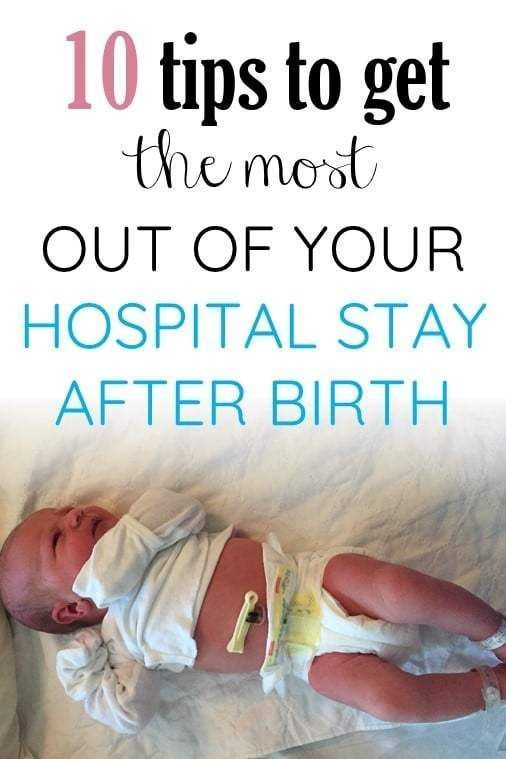 How many reusable diaper inserts do you need? Types of inserts.
How many reusable diaper inserts do you need? Types of inserts. - Types of Mamalino reusable diapers. The main features of reusable diapers of each type.
- How to put on a baby a reusable diaper TM Mamalino. detailed instructions
- Why do moms choose reusable diapers? Quotes from moms choosing reusable diapers for their babies
- Evgenia Mamalino: How it all began... The story of the brand, told by the creator
- Your newborn wants to be with you... An article by lactation consultant Emma Pickett
- Why are parents afraid of reusable diapers? Debunking common myths about reusable diapers.
- General information about natural swaddling and Mamalino reusable diapers
- Washing and care of Mamalino reusable diapers and liners
- An overview of Mamalino's sample set of natural swaddling and reusable diapers for a newborn
- How do I switch to reusable diapers? Mom's experience about using reusable diapers after a year.

webinar about mistakes, setbacks and unrealistic expectations.
"There is a choice every minute. But there is a choice when we are aware of it. When we are not aware, we make a choice from the energy in which we are - we do what we are used to."
On November 23, 2021 Marina Nappa hosted a webinar entitled “Why do mistakes, setbacks and unrealistic expectations happen?”.
We talked about the relationship of ups and downs with biological cycles, stressful conditions, the impact of a person on his energy charge and the nature of kickbacks.
Your attention - the text format of the webinar
Marina Nappa: Today there will be no practical tasks. We will consider simple topics, at first glance, but in terms of content, these are very deep patterns. If you take them into your arsenal, you will have a good tool for many years to come.
Have you noticed that in one month of the year you have an increase in energy, and in another - you want to rest? Is there any pattern?
We are accustomed to blaming external factors - the weather, or holidays, for example, on the New Year we are on the rise, and so on. But it's set up a little differently.
But it's set up a little differently.
Man is a complex system. Would you like to create a machine that not only interacts with the outside world and performs some functions, but also has a self-regulating mechanism that can adjust itself and maintain balance?
This complex composition needs some kind of program to work well. And so the human body includes the psyche. Scientists have been trying for many years to take it apart in order to improve something - something works, but it is still very far from understanding how it really works.
We can observe some moments in fact, without knowing the “codes” of this program. We only know how to take it into account from the user's point of view.
Human biological year
One such program is biological year . A person is born and exactly at that moment the program is launched - like on a computer. In this world, everything is cyclical: not only does the Sun rise every day, but the human body works the same way - from birthday to the next.
Do you remember how you feel on your birthday?
One can observe when the birthday boy is “carried out” earlier than the dessert - when he did not cope with the holiday. Because by the time of the birthday, we usually come up exhausted. Ups and downs are programmed. If we know them, we can predict the load so as to always live a full life.
If we don't know them, we might get into trouble. Where we need to take care of ourselves, we give a double load and after that we have to recover for a long time.
The number of ups and downs is the same, so it cannot be said that everything is bad or everything is good with a person. At the moment of rise, we have euphoria: “the sea is knee-deep”, a person wants to achieve his goals. There is a surge of energy and we look at the world from this perspective: we make plans, we make commitments, we fantasize. We sign up for all the circles and start to get involved in something, start projects. And then you have to implement it all. And the climb is already over.
And the climb is already over.
After the birthday there is a month of rise, and then a month of decline. And if you didn’t have time to complete your undertakings in a month of recovery, you have to face the fact that it seems that obligations have been taken, but there is nothing to do with them, there are no resources. It turns out to be uninteresting.
Then, after a month of decline, there is a slight rise and fall and almost two months of rise. Although not so high, but we feel fully equipped. And the biggest spike starts around the middle. And before the birthday, we have two months to recover.
If a person competently manages his forces, then at moments of upsurge he does everything he can, to the maximum. He performs "feats", catches all the "dragons", and in moments of recession he takes care of himself - he does not overwork, does not take on too much. And even if he is offered something interesting, he pushes it “for later”.
It happens that you offer something to a person, but he simply does not want to. This refusal is justified, the normal protective reaction of the body is triggered. So, in this period, he does not have enough strength.
This refusal is justified, the normal protective reaction of the body is triggered. So, in this period, he does not have enough strength.
A healthy young person has a reserve. For example, you drove a car out of town. You have a spare can of gasoline. And if suddenly you did not calculate the gas, you will refuel from the canister and everything will be fine. But it happens that the gasoline in the canister is over, and you have not learned how to calculate your strength. And at some point, you can be on the sidelines without a spare canister.
There comes a moment (for each of his age) when the reserves run out. This means that you can only adjust so that there are no side effects. If you overexert yourself, you can get sick, miss something, constantly make mistakes, or simply miss out on opportunities.
Unfortunately, there is no way to “lay straws” in advance. This can be compared to when you work, and then decide to sleep for three days, so that for some period (for example, a whole week) you will not sleep at all.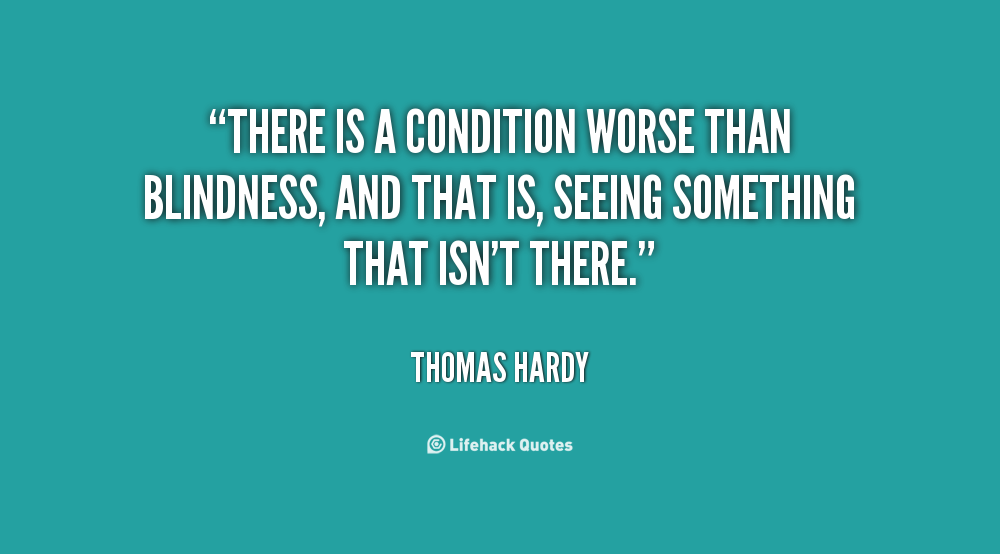 This is impossible - neither in advance nor in hindsight can we compensate for energy.
This is impossible - neither in advance nor in hindsight can we compensate for energy.
I came across this chart about 25 years ago. I experimented with different options - but still, we work as best we can. You can't accumulate ahead.
But if we overdo it at the time of recession, then we can spend the time of recovery on recovery.
One autumn I worked very well and in two months I completed almost a year's workload. I thought that I would rest later - I would take a month and rest, for example, in Thailand. But then, when from this month I just had to lie down for 3 weeks and I didn’t care what the weather was, I thought that next time I might not lie down.
When we have recessions, we must be careful. When we know that we have a recession, we need to make the load lighter. Then we will hardly notice this decline, we will work more productively. So it is during the rise, when we can use it to the maximum.
Impact of recessions and recovery
You have a team.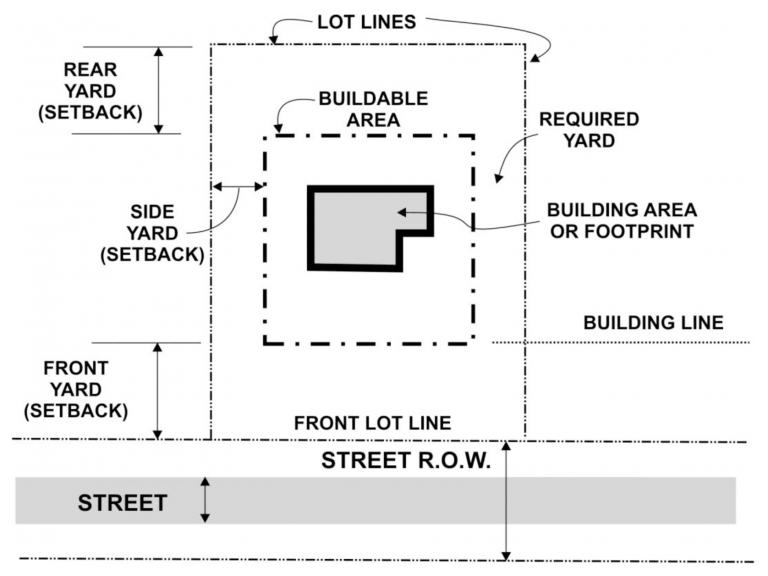 You know how good it is when the team works well - when no one gets sick and everyone works with enthusiasm. Suddenly there are some tight deadlines and the team is under stress. And you watch some people fall out - get sick.
You know how good it is when the team works well - when no one gets sick and everyone works with enthusiasm. Suddenly there are some tight deadlines and the team is under stress. And you watch some people fall out - get sick.
Yes, it happens - because there are different people in the team and they can be at different stages at this moment. And when we add stress, the people who are in decline are the first to drop out. And if these are key figures in the team, it is generally unprofitable.
To prevent this from happening, we can cheat: you have the dates of birth of employees and you can easily predict when most of them will be in recession. During this period, it is better not to set rigid frameworks or urgent tasks.
You can also change employees in teams so that those who are now “on the rise” are in charge.
Such things seem insignificant, but they are all tested in practice. You should also take into account the fact that we are living organisms and cannot turn on the full lift button. You will not climb during periods when you are so tired that there is nothing to rise from. You will recuperate.
You will not climb during periods when you are so tired that there is nothing to rise from. You will recuperate.
Or it happens that after a good rest you are in a period of decline, but you have the strength and you can function normally.
It is important to know the principle, but you can already regulate something on an individual basis.
Three qualities of nature
Question: would you like to influence your condition, the environment?
Let's take an example. You come to the company to partners, look - they have a terrible mess, screams, everyone swears among themselves. Does it affect your perception? Do you understand what awaits you when working with such a partner? Of course!
Or, for example, you come to the bride's house and see - everything is beautiful and clean, it smells delicious, the atmosphere is good, the table is set. And you immediately think: “That's it. This is what I was looking for".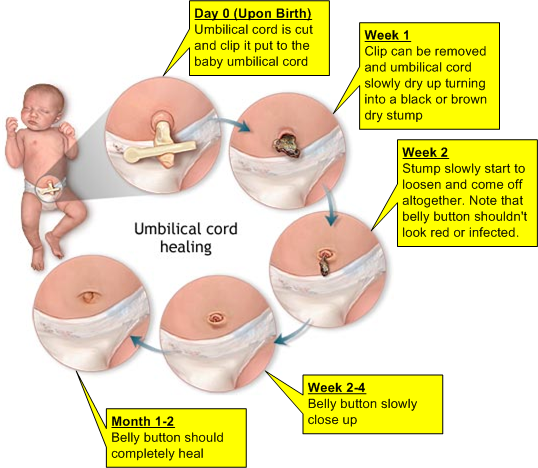
A little exaggerated, but in fact, our opinion about a person and how events will develop is influenced by such insignificant things, one might say, trifles.
The world is a fairly complex system at first glance, but from the point of view of regularities it is quite simple. A certain program is working - if we know the patterns, we can understand which program has turned on at this stage.
For example, there is a mega-embroiderer - a woman with excellent creative thinking. She has only three threads: white, red and blue. Tell me, what can she embroider?
Anything! Because mixing these threads and overlaying colors will give a variety of everything.
The whole world consists of three threads - three energies that can be easily identified. There is what is destroyed, what is maintained and what is created. Any process - everything that happens can be decomposed into these components.
If you have walked in the private sector, you have seen houses that were built a very long time ago.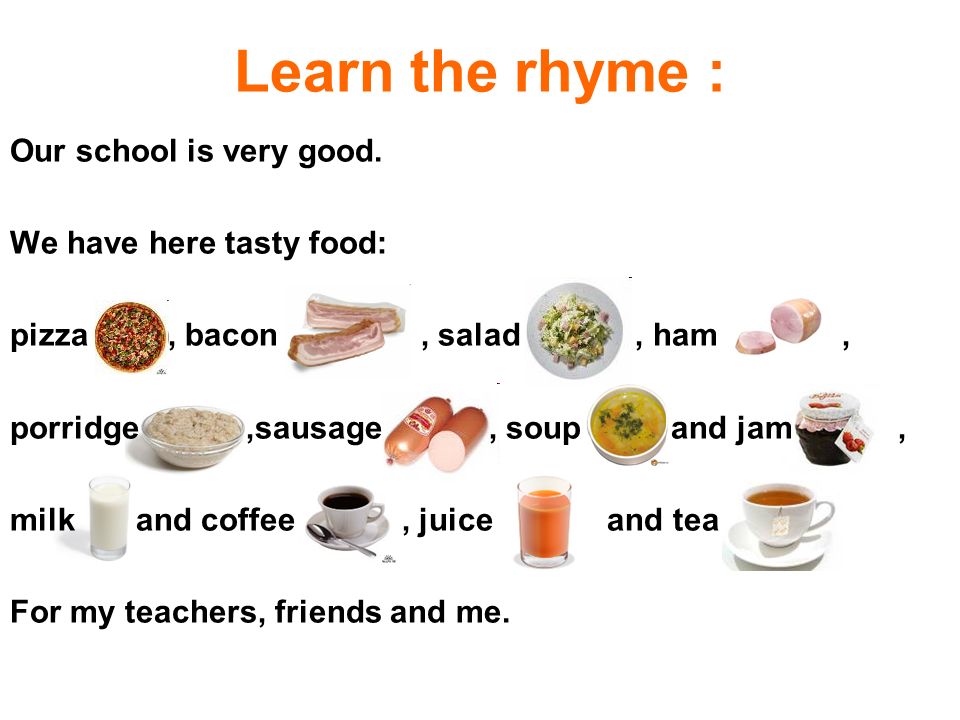 Many cities have such areas. Pay attention to how they look: some are very beautiful and well-groomed, clean. Some are covered with mold, with thickets.
Many cities have such areas. Pay attention to how they look: some are very beautiful and well-groomed, clean. Some are covered with mold, with thickets.
What does it depend on? From what energy currently prevails in this house. Somewhere - the energy of decomposition, somewhere - life, somewhere - maintenance and tranquility. We feel most comfortable in the energy that is consonant with us, with the state in which we are.
It's like a teenager listening to music that would make a normal person bleed from their ears. But he likes it. Why? Because he has the same inside, they are looking for consonant.
There are people who prefer the classics, it calms them down. Many people will think: "Well, as much as possible, it's boring." Because their condition does not match with this music.
We feel harmoniously in the environment that is consonant with us - the state in which we find ourselves. And even if you enter an atmosphere where everyone swears, but you are the same, then you will be comfortable.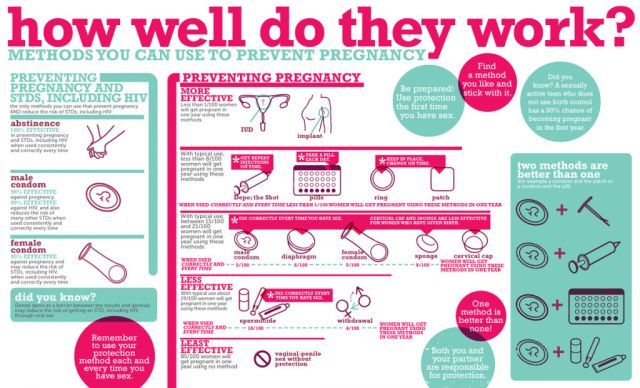 And imagine if you entered the same unpleasant atmosphere with thoughts of high, smelling a good perfume on yourself. In such an environment, you will be uncomfortable.
And imagine if you entered the same unpleasant atmosphere with thoughts of high, smelling a good perfume on yourself. In such an environment, you will be uncomfortable.
But in most cases a person feels good when the situation is pleasant.
How does it work?
Imagine that there is a Sun, present and real, where all is well. And we covered this Sun with a film. It shines through, but we no longer see the Sun completely, a distortion has appeared. And now imagine that we have sketched the second and third film. The image is distorted, nothing is visible at all.
These three energies work in much the same way. The most transparent - maintenance energy , virtue, goodness, kindness. Remember any fairy tale - good triumphs over evil.
Medium coverage - creation . It requires activity, tasks, requirements, benefits, benefits from what you are doing. Many people who are not accustomed to the noise of big cities do not understand at all how one can live there.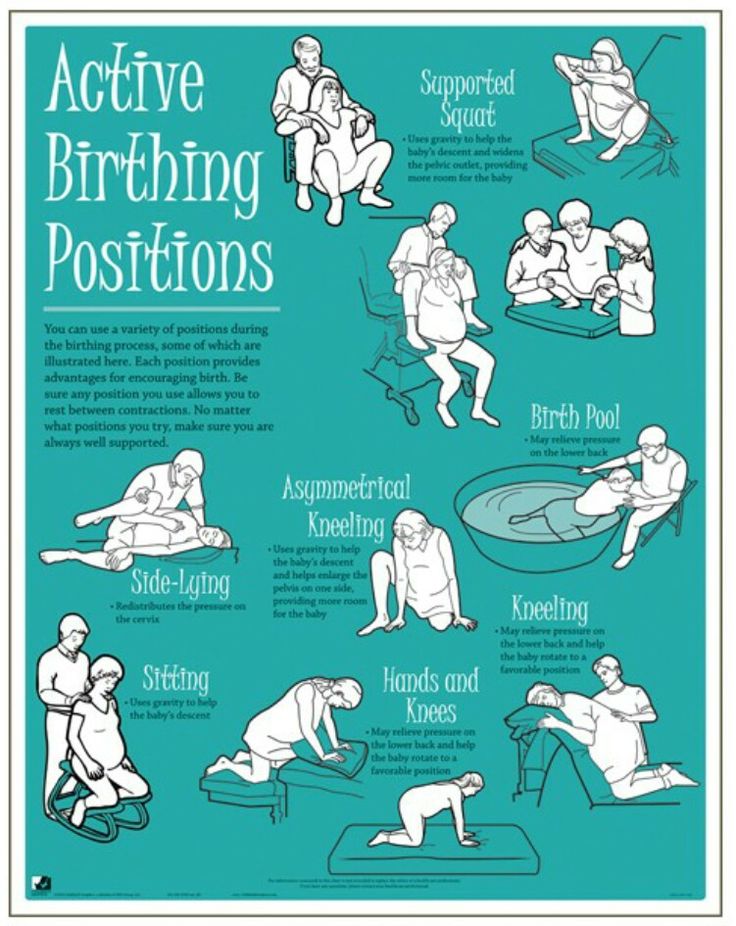 There are places where it is quiet and calm - nature, harmony.
There are places where it is quiet and calm - nature, harmony.
And there are places when you entered - and ended up in the garbage. This is energy of destruction . In every city there is a place where a normal person would not go. And some live there. There are entire countries that feel the same way.
Let's move on to practical issues.
Every moment in life we make a choice on which button, which energy we press, what we will add to ourselves “into the composition”. And we get the consequences.
Imagine an image - each button is a sledgehammer. When we select the destruction button, black , this sledgehammer hits hard and we don't really like the consequences. “I stole - I drank - I went to jail”, for example - the consequences are predictable and they are unpleasant.
If we press red button , the consequences are pleasant at first. But then we begin to be surprised at our fatigue - because we need to rest. When we pursue profit, the consequences are tangible.
And the button yellow - pressed, and there is also a kuvada, but it is “in a velvet case”, in a pillow. I knocked, but after that it was pleasant, the consequences of a different nature.
For example, you wake up in the morning and decide to take a shower. This is yellow button , you feel good after it - and the whole day passed in good condition.
We thought about a light exercise - but did not do it, but went wrung out 50 times. This is red button - I've done push-ups and I'm tired, I don't want to go to work, I don't want to do anything.
But when you don't want to take a shower or exercise, for example, you choose a bag of chips and watch a series. This is a button black - maybe not immediately, but the consequences will be unpleasant - excess weight and so on.
Every minute there is a choice. But it is there when we realize it. When we are not aware, we make a choice from the energy in which we are - we do what we are used to. Accordingly, there is no choice, and the consequences “arrive” to us, and then we think "Life is not fair."
Accordingly, there is no choice, and the consequences “arrive” to us, and then we think "Life is not fair."
Actually, no. If you know the mechanism, everything will be fine.
Imagine if this alphabet were taught at school, how much easier life would be for people.
Today there are a lot of options when scammers deceive for money - they took away €15 thousand or €30 thousand. But how do people fall for it?
A person who is under the influence of normal energy understands that in this world everything is gained by hard work: he made an effort and got a result. This is fine. If a person is under the influence of the energy of development, he understands that you have to try hard and you will get something. He won't do anything if there's no proven benefit. Because he is sure: there are rules of the game, and if you act according to them, you will receive, if not, nothing good will happen.
But a person who is under the energy of destruction thinks: “My God, this is a freebie! I am not doing anything now, I will give €10,000, and €100,000 will be returned to me. ”
”
A person who falls under the influence of scammers is always a “freeloader” in his soul - he wants to get what he does not deserve. He is under the influence of the energy of destruction, and therefore the consequences will be unpleasant.
There are many times when we make the wrong choice and then get surprised.
When we learned about the three energies, it now seems that the world should be simple. But remember about the embroiderer - everything is not so simple, because everything is intertwined.
We choose something: food, what to do, what to listen and how to speak, with whom to communicate. And it all reinforces one of these three energies. As a result, we get the result.
Let me give you a couple of examples.
Have you noticed that people tend to constantly sort things out in the evenings? Why? Because by the evening people are tired, bad energy turns on, conflicts arise.
You can get into a useful habit - to postpone all the showdowns and important negotiations until the morning.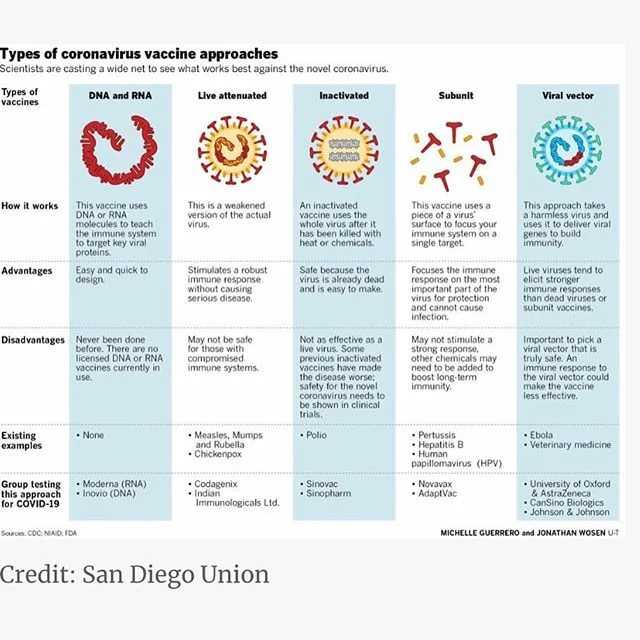 Thus, you will solve the problem at the root by 50%. What a person is going to tell you in the evening, in the morning he will not even think. No wonder there is a proverb: “Morning is wiser than evening” - because in the evening there is one energy, in the morning - another.
Thus, you will solve the problem at the root by 50%. What a person is going to tell you in the evening, in the morning he will not even think. No wonder there is a proverb: “Morning is wiser than evening” - because in the evening there is one energy, in the morning - another.
All we are talking about now is the influence on our consciousness, and it is very receptive. Have you noticed that when you talk to someone, your state changes. In fact, it is an influence on our consciousness. Therefore, they say that you need to choose people with whom it is pleasant to communicate - you will grow after them.
In different cultures, what is considered delicious food is also different. In some of them, cockroaches, for example, or something very spicy, are considered tasty.
Here we can also see which energy prevails more and what can be expected. If we choose stale, spoiled food, then the energy of destruction is turned on. This will not always mean poisoning, but it will affect consciousness.
Why, if you stop eating meat, no one will remain indifferent to this choice? Because you change your consciousness, it is a powerful influence on the consciousness of others. If we use mega-sweet, mega-salty, we turn on the intensification of some kind of glow, a passionate movement. In cultures where such a cuisine, people are not calm.
Fresh food, cooked with love, clean, oily and wholesome, considered supportive, brings peace and harmony. If a person eats such food, his health will be better.
This concerns the attitude to everything: work, leisure, music and clothing. These are all the same buttons that add this or that energy to our consciousness drop by drop.
How to evaluate business: after all, it is in some way a benefit?
Yes, profit, but you have a selfless mission. Yes, you want to earn money, but thanks to this, the families of your employees will feel good, develop, teach children in good places.
You will make the world a better place, because the benefits you bring change the lives of many people for the better.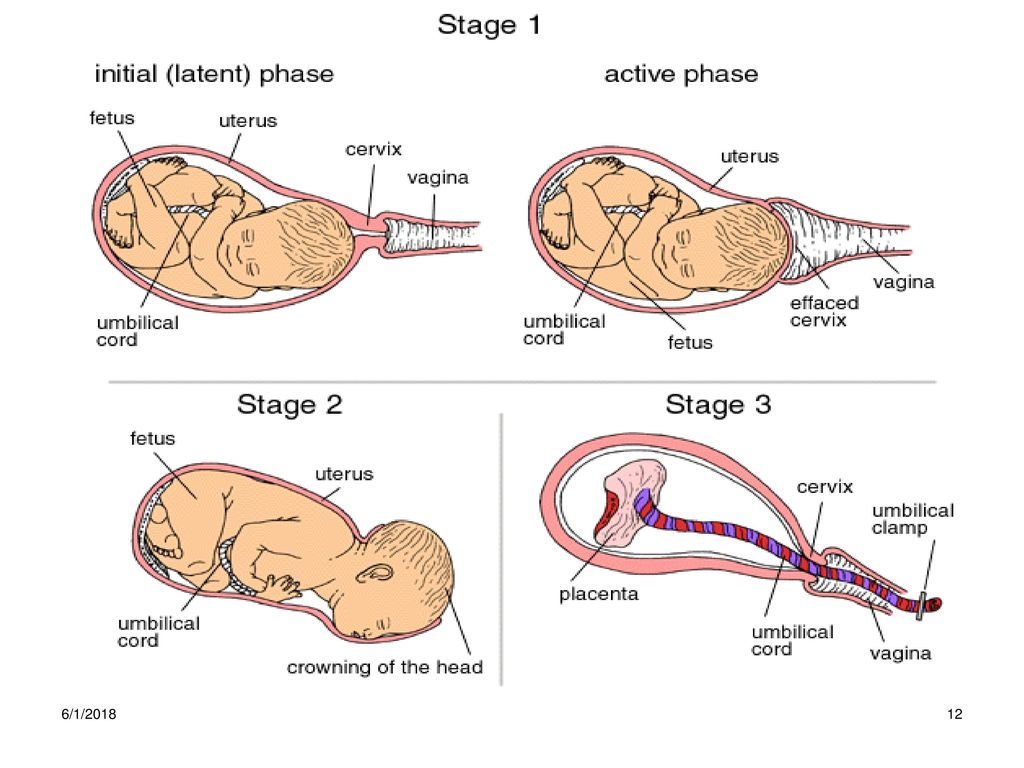 You do it selflessly, it's a kind of mission. It will bring balance, balance things with this approach.
You do it selflessly, it's a kind of mission. It will bring balance, balance things with this approach.
This is an approach to finding harmony. There are switches - but we cannot switch immediately from the state of destruction to harmony, it will not work. Layers must be removed one by one. These switches work like this: the first one turns on when you are in the energy of destruction. We add at least some movement there.
For example, a person is sick: we add some action anyway - get up, take a shower or clean the apartment. The transition requires purity, harmony.
From the energy of movement, the switch towards harmony - when a person, acting from a position of benefit, does something disinterestedly.
How does it all work in a team? If a person is in the stage of destruction - he is inactive, there is no desire, how to move him and in which direction?
The conditions and atmosphere that you create attracts people to your team who are in tune with it. If your place is clean and beautiful, people who want “freebies”, waste your time or want to steal something from you will not come to work for you. They will feel uncomfortable. Like cockroaches that don't do well when they're clean.
If your place is clean and beautiful, people who want “freebies”, waste your time or want to steal something from you will not come to work for you. They will feel uncomfortable. Like cockroaches that don't do well when they're clean.
This may be temporary - a person may fall ill or feel unwell, and may also be negatively affected. Then we need to understand that now he needs to create conditions for him to actively do something: show benefits, direct him in the direction of favorable things, help bring “cleanliness in his head”.
Example
There was distribution in one company spread over three floors. The building is new and perfectly built.
On the first floor - workers' workshops. They have a locker room, a kitchen, everything is gray and dirty - a production workshop.
Managers are on the second floor - they decide everything, call, run around.
The top management is on the third floor. There are beautiful secretaries in dresses, high heels, beautiful offices, flowers are arranged.
The atmosphere clearly shows the division: which energy prevails on which floor.
Everything on the first floor is dull, dark colors, the kitchen is dirty, offended workers are walking around. Smells are appropriate.
Second floor - pop radio is playing in the kitchen, everyone is running around, fussing, calls, noise, din. The kitchen is in constant motion.
The third floor - everything is beautiful, dignified and noble, “on “you” and in a whisper”.
I worked for this HR company. It was possible not to go deep - and so it is clear what the matter is. There was a conflict between the first and third floor. Because they didn’t fit together at all, and instead of pulling up the first one, keeping it clean, setting some kind of game rules so that people feel calm, someone just came and “gave them a boost”. And this further strengthened the unfavorable environment.
Of course, when we know how to add these important moments, take into account these buttons - for example, at least we will change the music in the kitchen on the first floor - there will already be a different atmosphere.
These are things that can be tested in practice and there is no esoteric context in them.
What are kickbacks?
There is such a thing as kickbacks. When we were striving somewhere, and then it just all ended. We cannot achieve results, since as soon as we have reached this point, a rollback occurs, then again, and so a kind of “swing” occurs.
If we understand why this is happening, we can remove these fluctuations. If there are kickbacks, they will be less and less.
We must understand that overvoltage always leads to a rollback. If there is a lot of movement energy, it always leads to fatigue. Therefore, we need to slow down very energetic employees a little, since you won’t last long at the maximum “layout”.
Or, for example, a person feels that he has hit the mark - there is some idea and it is stunning. But we must return it to an adequate state and examine the situation from it.
Why does a person take on something extra? The leader, for example, thinks that he will do it better than he delegates to someone that he will do this task faster and better. He may not know something, and ignorance is always the energy of destruction.
He may not know something, and ignorance is always the energy of destruction.
It turns out that if we take on too much, we can predict the result?
Of course, 100%. Here the question arises: should we take too much? How can it be distributed and where should the boundaries be placed? This happens when we expect more from others. We imagined something, but then the person did not fulfill it. We feel bad about ourselves, and we begin to experience negative emotions towards this person.
This means that we pressed the wrong buttons, acted from the wrong state.
It happens that we plan on the rise, but we have to implement it on the decline. This also leads to a rollback.
These are not all reasons, but they are the main ones. On this basis, we can take some steps so as not to roll back. Like rock climbers who climb a slippery mountain: climbed - fixed, and only after that continued on their way. No need to take on too much, do not work in afterburner mode, choose a normal load.
When we "tighten the nuts" - rollback is guaranteed. It doesn't matter if it's for yourself or others.
There are strong-willed people, it is natural for them, but you still need to control yourself, not to “tighten the screws” too much.
It happens that we experienced stress in a crisis situation, coped and moved on. Six months pass and suddenly our body “flies out”, a disease sets in. A crisis can manifest itself through time as an illness.
Why, when we go for a walk in the park, in nature, in a beautiful place, after that it clears up in the head, life is easier. Because there is the energy of maintenance, virtue. This harmony is natural when everything works like clockwork. We are immersed in it, it affects our state. Then we come into balance.
Many people have noticed that after walking it becomes much easier. In a normal state, it is generally easier for a person to live - both for himself and for those around him.
When we act harmoniously, it seems to us that everything helps around us.